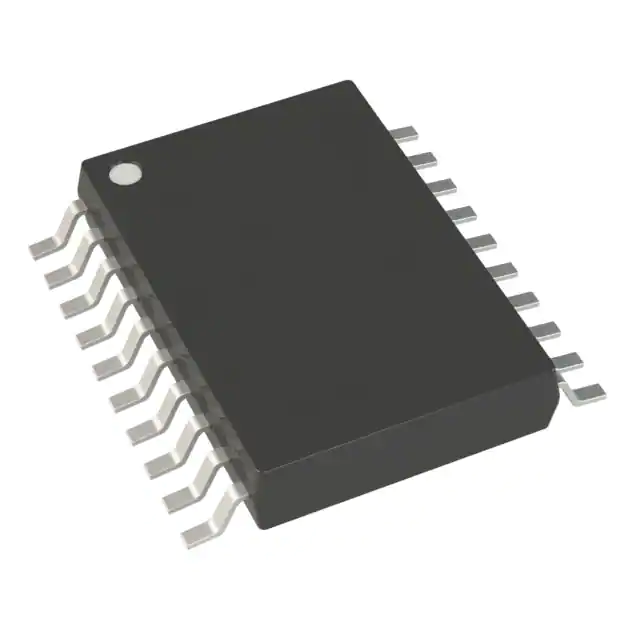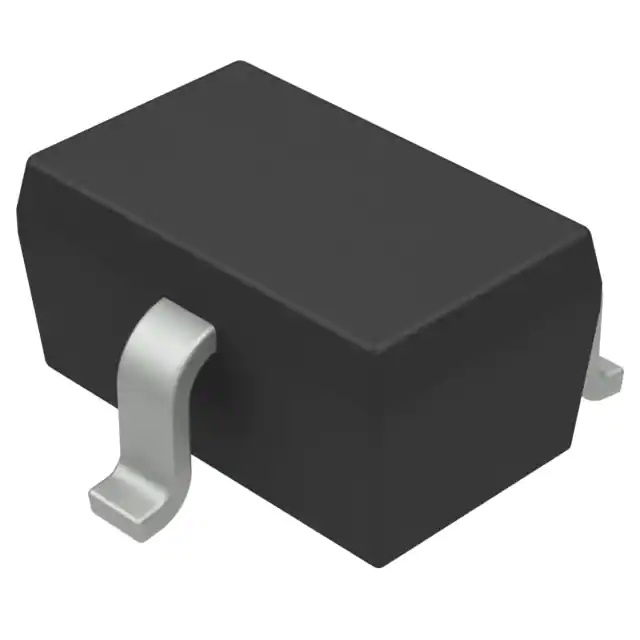Hello! now About Us
Welcome to DCZY!
New customer?Start here.
LDO Regulators: The Stabilizing Force in Electronic Design
12/24/2024 12:51:35 AM
1. Working Principle of LDO Regulators
2. Key Features of LDO Regulators
- Low Dropout Operation: LDOs can operate with a very small voltage difference between the input and output, which means they can maintain high efficiency even when the battery voltage is close to the output voltage.
- High Stability and Low Noise: Due to their linear regulation characteristics, LDO regulators can provide a very stable output voltage with low noise levels, making them suitable for applications that are sensitive to power supply stability and noise.
- Simple Peripheral Circuitry: LDO regulators typically require very few peripheral components, such as input and output capacitors, which simplify circuit design and reduce PCB space occupation.
- Wide Range of Adjustable Output Voltages: By changing the values of the dividing resistors, the output voltage can be easily adjusted, offering flexible design options.
3. Application Scenarios for LDO Regulators
- Mobile Devices: In smartphones and tablets, LDOs are used to provide stable power for processors, memory, and other sensitive circuits.
- Medical Equipment: In medical monitoring devices, LDOs ensure power stability to guarantee the precision and reliability of the equipment.
- Industrial Automation: In automated control systems, LDOs provide stable power for sensors and actuators to maintain operational precision.
- Automotive Electronics: In automotive infotainment systems and sensors, LDOs provide stable power to cope with voltage fluctuations during vehicle startup and operation.
4. The Importance of LDO Regulators in Electronic Design
5. Conclusion
Latest Products
-
AD9834BRUZ
Analog Devices Inc.
-
BAV99W,135
Nexperia USA Inc.
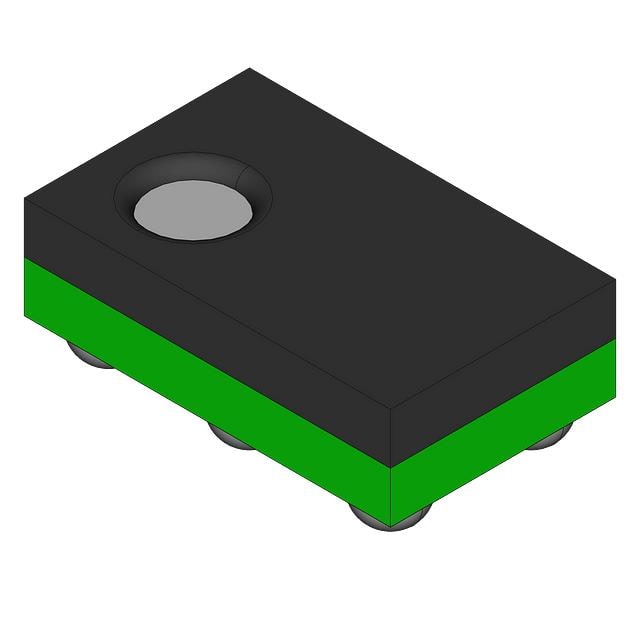
-
IP5002CX8/P135
NXP USA Inc.
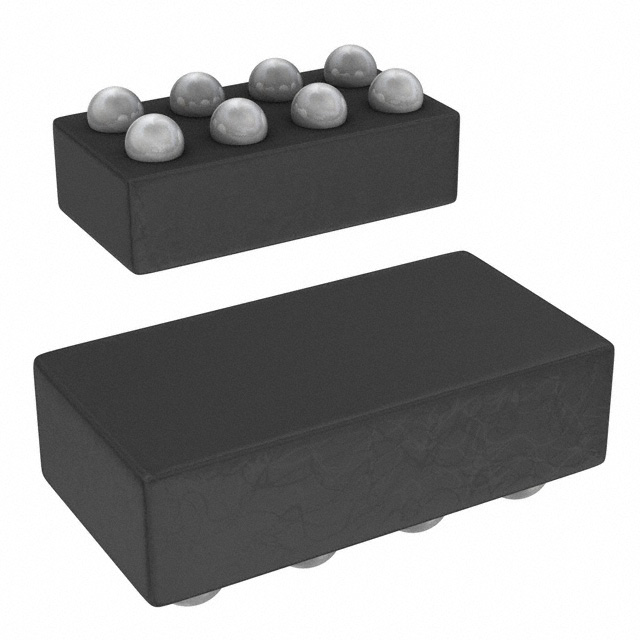
-
ADAU7002ACBZ-RL
Analog Devices Inc.
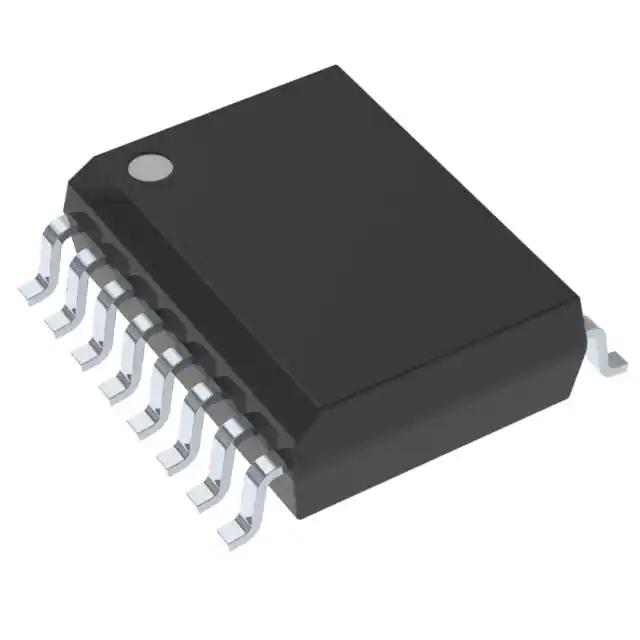
-
PGA2320IDW
Texas Instruments
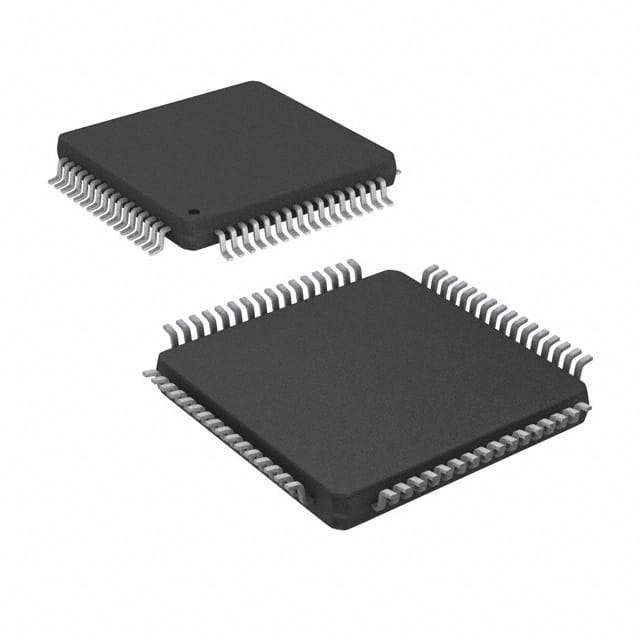
-
SRC4184IPAG
Texas Instruments
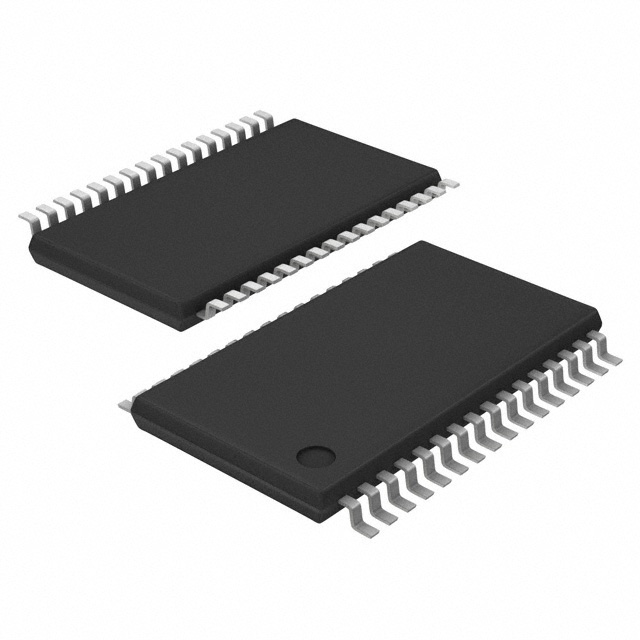
-
MUSES72320V-TE2
Nisshinbo Micro Devices Inc.
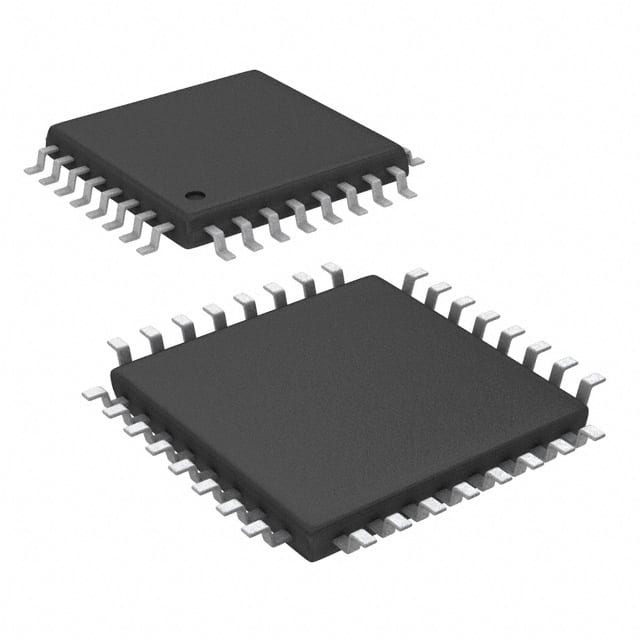
-
PCM2706CPJT
Texas Instruments
 Upload BOM
Upload BOM

